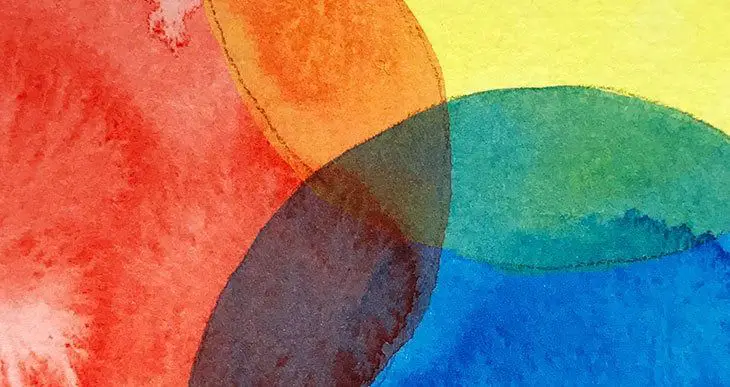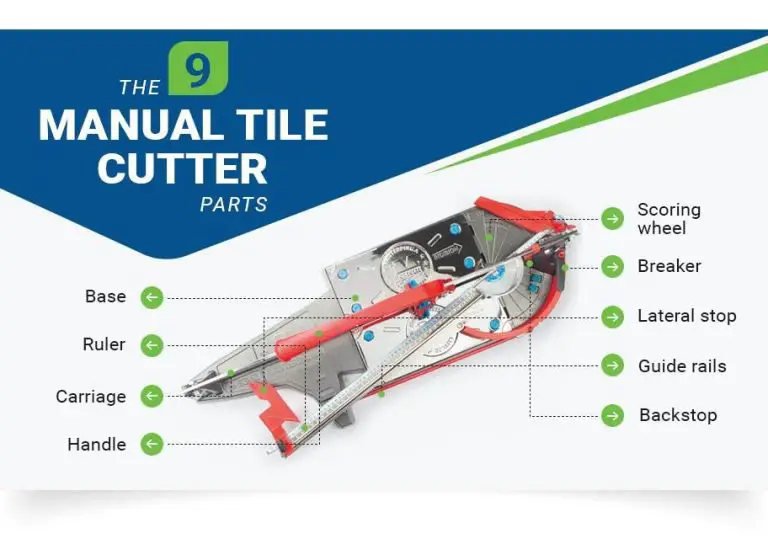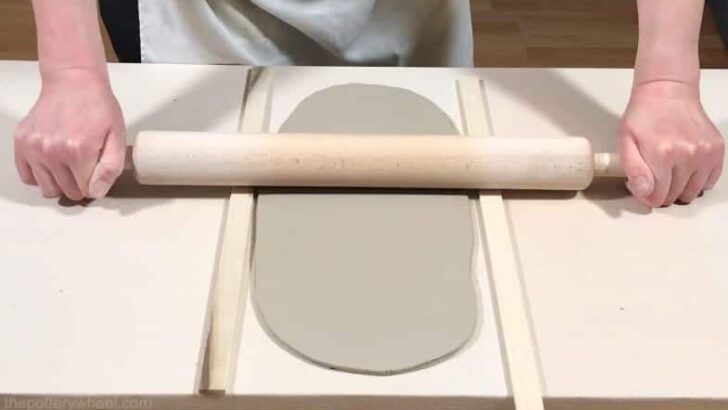Can You Layer Coyote Glazes?
What Are Coyote Glazes?
Coyote glazes are a line of cone 6 glazes created by Mark Burleson and manufactured by The Clay Coyote in Tucson, Arizona. The glazes were originally developed in the 1990s for Burleson’s pottery studio located in the foothills of the Rincon Mountains near Tucson.
Coyote glazes are known for their rich, saturated colors and versatility. They are formulated to be used on both porcelain and stoneware clay bodies. The most popular coyote glazes include vibrant hues like Lava, Sunflower, Caribbean, and Turquoise. They also offer natural-looking earth tones like Sandstorm, Licorice, and Bark.
The fluid nature of coyote glazes allows them to be dipped, poured, brushed, or sprayed onto bisqueware. Their glossy surfaces exhibit minimal crawling, cratering, or pinholing. Coyote glazes are designed to layer well with each other to produce striking effects. They can also be mixed together to create custom colors.
Today, coyote glazes are beloved by potters and ceramic artists across the United States for their brilliant colors, user-friendly application, and excellent performance in oxidation firings. They have become a staple glaze line for many ceramic studios and educational programs.
Benefits of Layering Glazes

Layering glazes offers several benefits for ceramic artists and potters. Some key advantages include:
Creating more visual depth and interest – By layering two or more glazes, artists can produce effects with greater complexity and visual intrigue. The interactions between layered glazes can result in striking combinations of colors, textures, and surfaces not achievable with a single glaze.
Combining colors and effects – Layering allows potters to blend and merge different glazes to produce unique colors and optical effects. For example, layering a matte glaze over a glossy glaze can create a distinctive sheen.
Highlighting texture – When applied over textured clay surfaces, layered glazes can accentuate and draw out intricate textures. The glaze layers emphasize three-dimensional qualities in the clay.
Increasing durability – Using compatible glazes, layering can produce a tougher, more durable glaze coating less prone to chipping, cracking, or crazing. The layered glazes reinforce each other for better resistance.
Overall, layering expands the creative possibilities with glazing. Ceramic artists can use layering to realize innovative styles and decorative effects not possible through single glaze applications. With the right glaze combinations, layering produces stunning results.
Considerations When Layering Coyote Glazes
When layering Coyote glazes, there are a few important considerations to keep in mind to achieve the best results:
Testing glaze compatibility is crucial. According to Coyote Clay’s guide on Shino Layering/Overlaps, layered glazes can sometimes react with one another in unexpected ways. Testing on test tiles will allow you to preview compatibility and make adjustments before applying layered glazes to finished pieces.
It’s also important to take steps to prevent glaze reactions like crawling, crazing, or pinholing. Ensuring each layered glaze coat is completely dry before applying the next can help. Using compatible glaze formulas and firing to the optimal temperature for the glazes is also key.
Lastly, proper layering technique is needed to achieve the desired visual effect. Factors like glaze thickness, brush strokes, number of coats, and firing temperature can all impact the final layered glaze results. Experimentation and testing is often needed to perfect the layered glaze look you want.
Layering Tips and Techniques
When layering Coyote glazes, there are some tips and techniques to follow for best results:
Glaze Thickness – It’s important to apply the right thickness when layering glazes. Generally 2-3 medium coats for each glaze layer is recommended. Too thin and the underlying glaze will show through, too thick and it may start to run or become bumpy.
Firing Schedule – Stick to the recommended firing schedules when layering glazes. For cone 6 glazes, a bisque to cone 04 and then glaze firing to cone 6 is typical. Fast firing is not recommended as it can cause glazes to bubble or pinhole.
Layering Order – Consider the layering order carefully. Opaque glazes like Black, Celadon, and Amber should go on first before translucent glazes like Honey, Oatmeal, and Green Tea. This prevents the opaque colors from muting the translucent ones.
Using Separators – When layering two similar colors like different blues or greens, use a separator band of white or black in between to create defined sections instead of a blended look.
Test pieces are highly recommended when layering new combinations. This allows you to perfect thickness, order, and firing before applying to finished works.
Complementary Coyote Glaze Combinations
Certain Coyote glazes work well when layered together to create striking effects. Some popular complementary combinations include:
Common Color Combinations
Mixing colors can result in beautiful blends and patterns. For example, layering Coyote Plum over Coyote Cranberry produces a rich, deep purple. Another great combo is Coyote Chartreuse Green under Coyote Turquoise for a vibrant greenish-blue.
Textural Combinations
Layering smooth and textured glazes can create interesting visual depth. For example, apply bumpy Coyote Desert Sand over fluid Coyote Licorice for contrast. Or try crackled Coyote Marshmallow under Coyote Sunflower to accentuate the cracks.
Special Effects Combinations
Certain glazes can produce cool effects when layered. For example, apply Coyote Mother of Pearl over Coyote Red Shaft to get a metallic shimmer. Or layer Coyote Black Lava under Coyote Butterscotch for areas of black bursting through golden cracks.
Troubleshooting Layered Coyote Glazes
When layering multiple coyote glazes, you may run into some common issues like pinholing, crawling, crazing and bubbling. Here are some tips for troubleshooting these problems:
Pinholing
Pinholes can occur when there is a release of gas during firing that ruptures the surface. Try firing at a slower rate or to a higher temperature to allow gases to fully burn off (https://coyoteclay.com/Instructions.html). Increase the hold time at the peak temperature to allow bubbles to rise and pop. Adding a very small amount of boric acid or gum solution to one of the glaze coats can also help.
Crawling
Crawling happens when the glaze pulls away from sections of the clay surface during firing. This is often caused by incompatible clay and glaze combinations. Try switching to a more porous clay body or adding a very small amount of Epsom salts or vinegar to the glaze to increase surface tension (https://www.sheffield-pottery.com/Coyote-Glazes-Tips-Application-and-Safety-s/394.htm).
Crazing
Crazing occurs when the glaze and clay expand and contract at different rates during firing, causing a network of fine cracks. Adjust the firing temperature or soak times. You can also try adding silica or alumina to the glaze to strengthen it.
Bubbling
Bubbles are caused by gases escaping through the glaze during firing. Try applying thinner coats of glaze and firing more slowly. Adding a gum solution or vinegar to the glaze can help increase surface tension. Make sure glazes are fully dry before firing.
Sample Glaze Layering Recipes
Here are some examples of layered Coyote glaze recipes along with photos of the finished results and instructions for application:
Midnight Sky Over Speckled Buff
This combination results in a deep blue night sky effect over a tan speckled clay body.
Glazes:
- Coyote Black Raven
- Coyote Clear
- Coyote Speckled Buff clay body
Process:
- Bisque fire clay to cone 06.
- Apply 1-2 coats of Black Ravenglaze avoiding thick overlapping areas.
- Lightly spray 1 coat of Clear glaze overall.
- Fire to cone 6 in an oxidation atmosphere.

The Clear glaze causes the Black Raven to break at the edges creating a starry night effect. Firing in oxidation prevents the Black Raven from turning gray or brown.
Blushing Apple Blossom
This layered combination results in a pink blushing effect…
Firing Considerations
When layering glazes, it’s important to carefully consider the firing process to achieve the best results. The type of kiln used and the firing schedule can greatly impact the layered glazes.
Choose an electric kiln for the most control over the firing schedule. Gas kilns can work as well, but may be more difficult to program specific ramps and hold times.1
Create a firing schedule with multiple segments to allow each layered glaze adequate time at its mature temperature. For example, fire at a medium speed to cone 08, hold for 15-20 minutes, then advance at a slower speed to cone 06. This gives the lower-temperature glaze time to develop before the higher-temperature glaze starts to mature.
Pay close attention to the recommended peak temperatures of each glaze and make sure the kiln reaches the optimal cone for full maturation. If the kiln doesn’t get hot enough, the glazes may not melt and fuse properly.2
Examples of Layered Coyote Glazes
Layering multiple Coyote glazes can result in beautiful and visually striking finished pieces. Some examples of layered Coyote glazes on finished ceramic works include:
Shino Layering/Overlaps – Layering different colors of Shino glazes creates flowing, organic patterns as the glazes interact during firing. Darker Shino colors layered under lighter ones result in areas of darker color peeking through.
Layering a matte white glaze over Cobalt Blue Hare’s Fur – The hare’s fur crystals create dark blue textured areas under the smooth white glaze.
Applying strokes of Saturn’s Rings rutile over a base glaze results in thin lines of blue/purple tracing across the surface.
Drizzling thin lines of Amber Celadon over Twinkling Stars blue produces a marbled effect.
Layering a thick coat of Temoku under Oatmeal results in dark variations peeking out from under the lighter glaze.
These combinations showcase the possibilities of using multiple layered glazes to create visual interest and depth on finished ceramic pieces.
Creatively Using Layered Coyote Glazes
Layered Coyote glazes open up many creative possibilities for incorporating beautiful effects into pottery designs.
One way to get creative is to use layers strategically to accent certain areas and create visual interest. For example, you could brush a pop of colorful glaze over bottom layers of neutral glazes on part of a piece. Using lace or textures under layers can leave intriguing imprints. Dramatic drips and runs can be achieved by layering thick glazes.
Combining layered glazing with other techniques expands the creative potential even further. Incising through layers can reveal colorful depths. Using sgraffito and carving to cut through layers creates colorful designs. Adding layers over top of slip trailing or mishima can yield stunning results as different colors peek through cut areas.
Impressing textures and patterns with stamps or rollers brings dimension before adding layers over top. Using stencils and resists to block out sections allows for selective layering within designs.
Layering over top of brushwork and painterly effects like coloring oxides can integrate color and texture. Combining with image transfer techniques allows layers to obscure and enhance the transferred image.
The options for creativity are endless with layered Coyote glazes. Allowing the layered colors and textures to become part of the overall aesthetic design takes glazing from functional to artistic.
For inspiration, see examples from ceramic artists like Georgia Gibbons and Fox Run Pottery who ingeniously incorporate layered Coyote glazes into their work.


